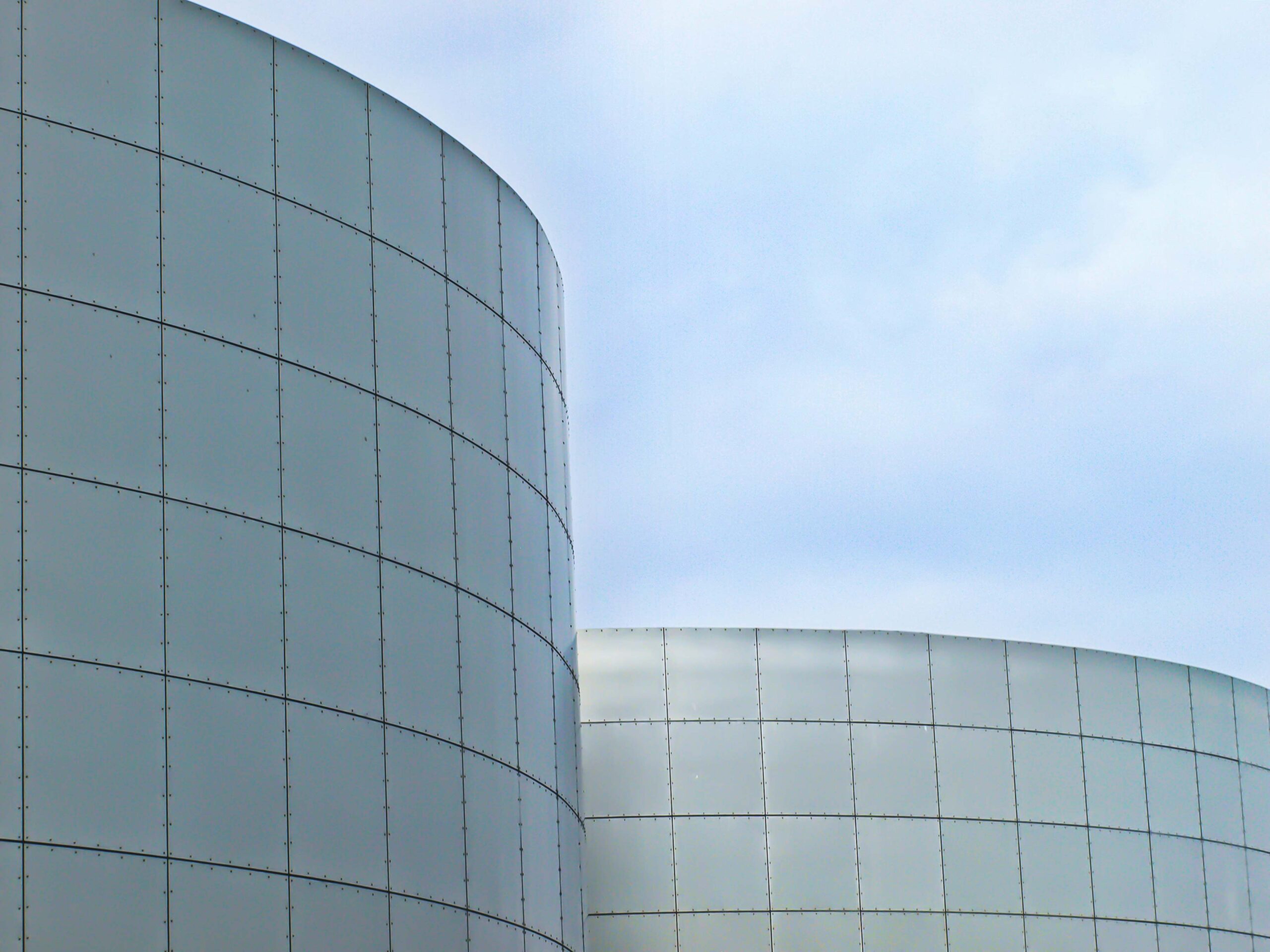Elevate Plant Yields with Silicate Potash Fertilizer
Have you heard that nearly 30% of global plant production can be enhanced with augmented nutrients like silicate potash? This statistic highlights the nutrient’s potential to transform farming practices. As farmers deal with the challenges of global warming and soil erosion, silicate potash proves as a state-of-the-art answer. It not only boosts plant production but also fosters robust growth.
This write-up will explore the advantages of potassium silicate fertilizer, its roles in farming, and ways to enhance your farm’s potential. With advice from experts, you’ll learn why potassium silicate is crucial for successful farming. It prepares the ground for effective crop management, leading to better harvests and enhanced crop quality.
Key Points
- Potassium silicate supplement significantly improves agricultural durability.
- It boosts photosynthesis efficiency, leading to healthier plants.
- This fertilizer fortifies plant structures, ensuring resilience.
- Proper application practices are vital for maximizing results.
- Understanding dosage guidelines ensures efficient use of nutrients.
- K Silicate is applicable in both soil and hydroponic systems.
- Incorporating silicate potash enhances yields in cannabis cultivation.
What is Potassium Silicate Fertilizer?
Potassium silicate is a soluble in water salt crucial for increasing yields. It combines K, necessary for plant health, with SiO2. This combination boosts crop robustness and growth. The distinct composition of silicate potash reinforces plant cells and boosts durability against climatic challenges.
This product’s flexibility renders it ideal for both traditional soil farming and soilless agriculture. Its easily absorbed K provides excellent nutrient delivery. This secures vegetation absorb the vital components for maximal growth.
Growers and gardeners commonly use K Silicate for its ability to strengthen plants. By adding this product, they enhance the vitality and robustness of their plants. This leads to healthier plants and likely higher yields.
Merits of Potassium Silicate for Plant Growth
Silicate Potash is renowned for its broad positive effects in agriculture. This additive is central for enhancing plant growth and well-being. Its distinct features provide notable advantages that are essential for crop success.
Boosts Crop Resistance
Potassium silicate significantly boosts plant resilience. Silica in this fertilizer reinforces plants against water scarcity and pathogens. It arms crops with a natural defense, enabling them to survive external pressures more efficiently.
Boosts Photosynthesis Efficiency
The presence of K and silicon enhances the photosynthetic process. It stimulates chloroplast activity, allowing crops to absorb solar energy more efficiently. This results in healthier leaves and increased yields, directly impacting plant growth and vitality.
Strengthens Cellular Structures
K Silicate reinforces cell walls in vegetation. These fortified cell structures help agriculture to withstand external pressures and pests more successfully. This doesn’t just enhances agricultural strength but also encourages their well-being throughout different development phases.
Roles of K Silicate in Agriculture
K Silicate is essential in farming, serving as a cornerstone in improving agricultural output. It functions as a plant booster, facilitating agricultural productivity and enhancing nutrient uptake efficiency. Agriculturalists frequently incorporate silicate potash for different plants, like:
- Large-scale crops including corn and soybeans
- Climbing plants such as vines and squash
- Decorative vegetation for aesthetic appeal
- Water-based farming for soilless cultivation
Incorporating potassium silicate to cultivation methods boosts vegetation well-being. It boosts plant defenses, leading to better production and better crop quality. Moreover, it supports moisture preservation and helping plants cope with stress, supporting their productivity throughout the growing period.
| Vegetation Type | Potassium Silicate Benefits | Usage Method |
|---|---|---|
| Field Crops | Enhances water retention | Direct soil application or leaf mist |
| Trellis Crops | Promotes fruit quality | Irrigation-based application |
| Decorative Plants | Improves vibrancy and size | Direct leaf application |
| Soilless Farming | Supports nutrient stability | Integrated into nutrient mix |
The multiple roles of potassium silicate in agriculture emphasize its essential function. It ensures vitality in vegetation and increases overall farm productivity.
How to Apply Potassium Silicate
Effective implementation of silicate potash is crucial for enhancing crop productivity. Knowing the correct application methods can dramatically enhance crop yields. Below, discover the different ways to use and best practices for incorporating this essential fertilizer into your agricultural practices.
Best Ways to Apply
There are multiple options to incorporate K Silicate, offering flexibility to suit different crop needs. Here are a few best practices:
-
Topical Application: This technique involves combining silicate potash with water and distributing it on foliage. It ensures immediate absorption by the vegetation.
-
Ground Application: Adding K Silicate to the soil near plant roots allows it to be quickly utilized for plant use.
-
Application in Water-Based Farming: For water-based cultivators, mix K Silicate in nutrient solutions to provide essential silicate to crops in a managed environment.
The dissolvability of potassium silicate aids efficient absorption by plants through these approaches, making certain your receive the essential compounds they depend on.
Effective Application Techniques
To fully utilize K Silicate, adhere to these effective strategies:
- Blend K Silicate with water as directed by the manufacturer before use.
- Avoid mixing K Silicate with strong nutrients in a single mix. This might result in chemical reactions that lessen its potency.
- Consistently monitor climatic factors and crop vitality to determine the success of your use.
By implementing these application methods and recommended strategies, you can significantly enhance the success of silicate potash. This will help grow healthier plants.
Dosage Guidelines for K Silicate
Understanding the right dosage amounts for K Silicate is vital to ensuring best possible crop health. Applying the correct level is vital to prevent insufficient usage or over-application. Both outcomes may impact agricultural productivity and harvest detrimentally.
Understanding Application Guidelines
Usage levels for silicate potash depend on different elements, including the crop variety, its development phase, and the soil health. It’s vital to adhere to usage recommendations from producers. These guidelines are designed for certain vegetation and scenarios. While a general range is often provided, testing soil nutrient levels may provide more precise advice.
Considerations for Usage Amounts
Various considerations are crucial in determining the correct K Silicate application rates:
-
Earth Makeup: Ground structure and structure influence the availability of nutrients.
-
Existing Nutrient Levels: Analyzing existing nutrient levels is necessary before applying.
-
Plant Nutrient Needs: Different vegetation has particular requirements that influence optimal application rates.
| Crop Type | Development Phase | Recommended Application Rate (lbs/acre) |
|---|---|---|
| Edible Plants | Seedling Stage | A range of 10-20 |
| Fruit Trees | Halfway Development | A range of 30-40 |
| Cereal Crops | Final Development | A range of 15-25 |
| Blooming Plants | Blossom Phase | 5-10 |
Leading K Silicate Products
Identifying quality potassium silicate products is vital for optimal farming. A range of producers offer unique characteristics and cost-effective options, serving different crop requirements.
Leading Products to Explore
Notable names among the best silicate potash options are:
- AgSil
- AN (with products like Rhino Skin)
- VanBaerle Nutrients
These companies are known for their products engineered to improve farming results.
Key Details and Prices
Knowing the benefits and costs of silicate potash formulations assists with smart purchasing decisions. For example:
| Company | Product Name | Formula | SiO2 Percentage | Pricing |
|---|---|---|---|---|
| AgSil | AgSil 16H Solution | 32% K | Over Half | \$45.34 for 4 lbs |
| Advanced Nutrients | Rhino Skin Formula | 1% Potassium | With Extra Silica | \$36.99 for 1 liter |
| VanBaerle | Silicate 10 Formula | 10% K | SiO2 Not Indicated | \$29.99 (5 lb) |
This table illustrates the diversity in product features and costs across popular products. Smart analysis of these factors ensures the most effective utilization of K Silicate in farming.
Potassium Silicate for Plant Health
K Silicate is crucial for enhancing crop vitality, increasing vigor and resilience. It reinforces crop tissues, bringing about improved health and quicker development. This fertilizer’s silicon advantages plants by making stems and leaves stiffer, important in surviving severe climates and pest attacks.
Furthermore, potassium silicate boosts soil hydration and plant nutrition in vegetation. Robust crops uptake essential elements more effectively and survive external pressures better. This flexibility supports healthier ecosystems, supporting eco-friendly practices.
Recognizing K Silicate’s importance encourages growers and plant enthusiasts to use it in their farming practices. By following this practice, they cultivate more resilient crops that can prosper under diverse conditions.
| Aspect | Benefits of Silicate Potash |
|---|---|
| Cellular Strength | Fortifies plant tissues, enhancing crop durability |
| Disease Resistance | Enhanced ability to resist pathogens and threats |
| Growth Rate | Accelerates development and agricultural advancement |
| Environmental Durability | Enhances tolerance to extreme weather |
| Nutrient Uptake | Enhances nutrient intake of vital elements |
| Soil Hydration | Improves soil moisture retention for stronger plants |
Silicate Potash for Water-Based Farming
In the realm of hydroponics, managing nutrients is crucial for optimal plant growth. silicate potash is a crucial additive that enhances the success of water-based farming. It’s highly advantageous during critical growth phases, leading to more robust crops and increased harvests.
Applying K Silicate in Water-Based Cultivation
Incorporating K Silicate into water-based farming methods at key moments maximizes its positive effects. The bloom stage is key, as crops then require more key compounds. Applying potassium silicate at this point results in several benefits:
-
Improved root development: A robust root system assists with better nutrient absorption.
-
Enhanced nutrient interaction: silicate potash improves how crops absorb compounds in hydroponic systems.
-
Improved stress tolerance: Plants become better able to environmental fluctuations.
-
Boosted growth rates: Plants grow faster and stronger with the correct dosage of potassium silicate.
Sticking to these suggestions guarantees successful integration of potassium silicate in your water-based farm. The point and amount of this supplement significantly impact its success.
| Development Phase | Appropriate Level | Anticipated Outcomes |
|---|---|---|
| Seedling | Between 0.5-1 ml/L | Robust early growth |
| Mid-Growth | A range of 1-2 ml/L | Improved nutrition uptake |
| Bloom | 2-3 ml/L | Improved yield potential and plant resilience |
Silicate Potash for Cannabis Growth
The use of K Silicate has transformed cannabis growth. This fertilizer brings distinct positive effects suited to cannabis growth. It improves plant health, enhances plant durability, and brings about superior yields.
Improving Production with Potassium Silicate
K Silicate supports maximizing yields by fostering a solid crop foundation. Increased silicon content lead to more resilient structures, capable of supporting large flowers. Additionally, it increases bud potency, important for the strength and quality of the buds. This leads to increased yields and improved marijuana cultivation advantages valued by growers.
-
Strong crop foundation: Stronger plant bases hold up bigger buds.
-
Increased trichome production: Higher quality buds with stronger effects.
-
Increased resilience: Capacity to withstand environmental challenges.
-
Overall health benefits: Healthier plants result in improved yields.
Using silicate potash provides a strategic edge for cannabis growers aiming to improve their cultivation methods.
Potassium Silicate Fertilizer Suppliers
Growers seeking quality potassium silicate fertilizers have a range of sources to choose from. Regional farming cooperatives are a frequent provider, providing easy access to these nutrients to growers in the area. For those opting for e-commerce, a variety of e-stores provide silicate potash, particularly targeting home gardeners.
Leading names like Custom Hydro Nutrients, and Advanced Nutrients are prominent. They provide a variety of formulations suited to both small-scale farmers and commercial farming. Their commitment to excellence provides for successful agriculture.
When choosing silicate potash, evaluate both the cost and the item’s characteristics. Below is a table of some suppliers:
| Vendor | Product Type | Price per Unit | Intended Audience |
|---|---|---|---|
| CHN | Liquid Potassium Silicate | \$20/L | Hobbyists and Professionals |
| AN | Potassium Silicate Powder | \$25 per kg | Small-Scale Farmers |
| Nearby Agriculture Hub | Solid K Silicate | \$15 for 2 kg | Large-Scale Agriculture |
Knowing where to find potassium silicate enables farmers in selecting the best products for their agricultural demands. This results in improved crop performance.
Advantages of K Silicate in Flowering Plants
K Silicate is a transformative fertilizer for flowering plants and fruiting vegetation. It notably boosts bloom size, which doesn’t just boosts visual appeal but also increases pollination success. This brings about a stronger agricultural development.
For fruiting crops, K Silicate is a strong performer. It enhances fruit yield and value, improving marketability. The fertilizer offers more than just size; it also boosts quality and taste, enhancing the overall consumer experience.
Moreover, potassium silicate boosts solar energy conversion, resulting in increased production. Silicic acid, a vital element, improves toughness. This enables blooms and produce to better withstand environmental stress, resulting in prolonged fruiting seasons and greater yields.
Incorporating potassium silicate into your fertilization strategy can dramatically improve blooming and production. It creates a healthier plot or field, making it a top choice for those pursuing optimal crop yields.
Difficulties and Factors in K Silicate Use
Potassium silicate is a strong nutrient for boosting crop yields. However, its proper utilization requires addressing particular obstacles. Ensuring the right dosage is vital. Applying too much can lead to plant issues, hindering agricultural success.
Ensuring compatibility with other fertilizers is also vital. Before using it with other nutrients, verifying their safety in combination is essential. Incompatible combinations could lower the product’s success. Understanding these considerations is crucial to refining application methods.
Enhancing user knowledge about these challenges can greatly enhance silicate potash use. By deciding carefully, users can cultivate stronger crops and increase production.
| Challenge | Consideration | Tips for Successful Application |
|---|---|---|
| Excessive Application | Growth Issues | Adhere to usage instructions; test nutrient levels. |
| Compatibility Issues | Negative Interactions | Ensure safe combinations; talk to specialists. |
| Insufficient Information | Improper Use | Participate in learning programs; research successful applications. |
Summary
The importance of potassium silicate fertilizer in crop production is profound. It provides important gains for plant growth. This fertilizer boosts agricultural strength and well-being, leading to thriving plants across varied circumstances.
Furthermore, silicate potash supports in effective crop production strategies. It provides vital nutrients that shield vegetation from water scarcity and disease. Proper use of this nutrient allows agriculturalists to enhance harvests, resulting in better crops.
Looking ahead to sustainable agriculture, K Silicate emerges as a essential tool for producing healthy vegetation. By incorporating this fertilizer, farmers can cultivate healthier crops. This strategy helps both green farming and profitable agriculture in agricultural enterprises.



